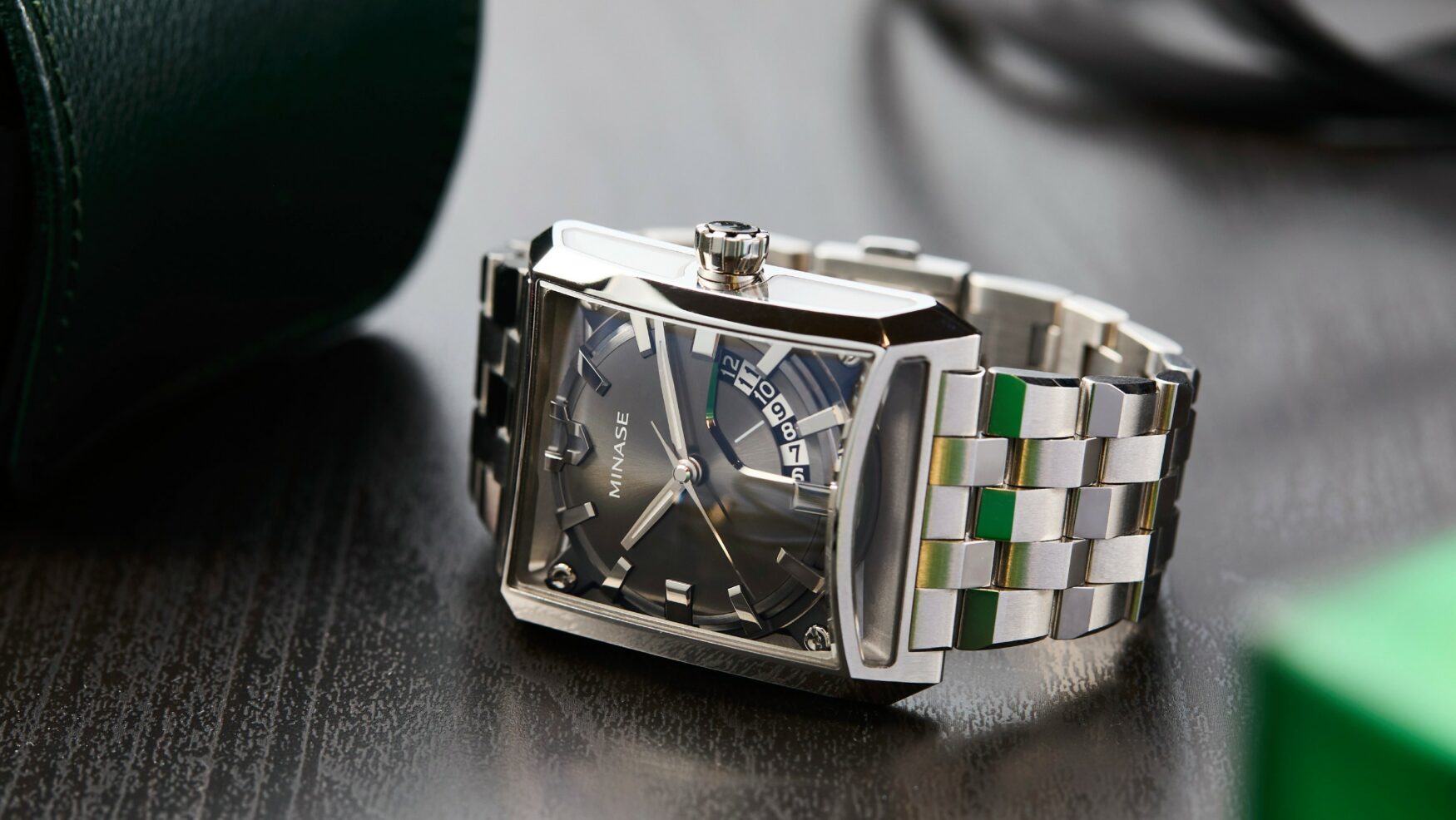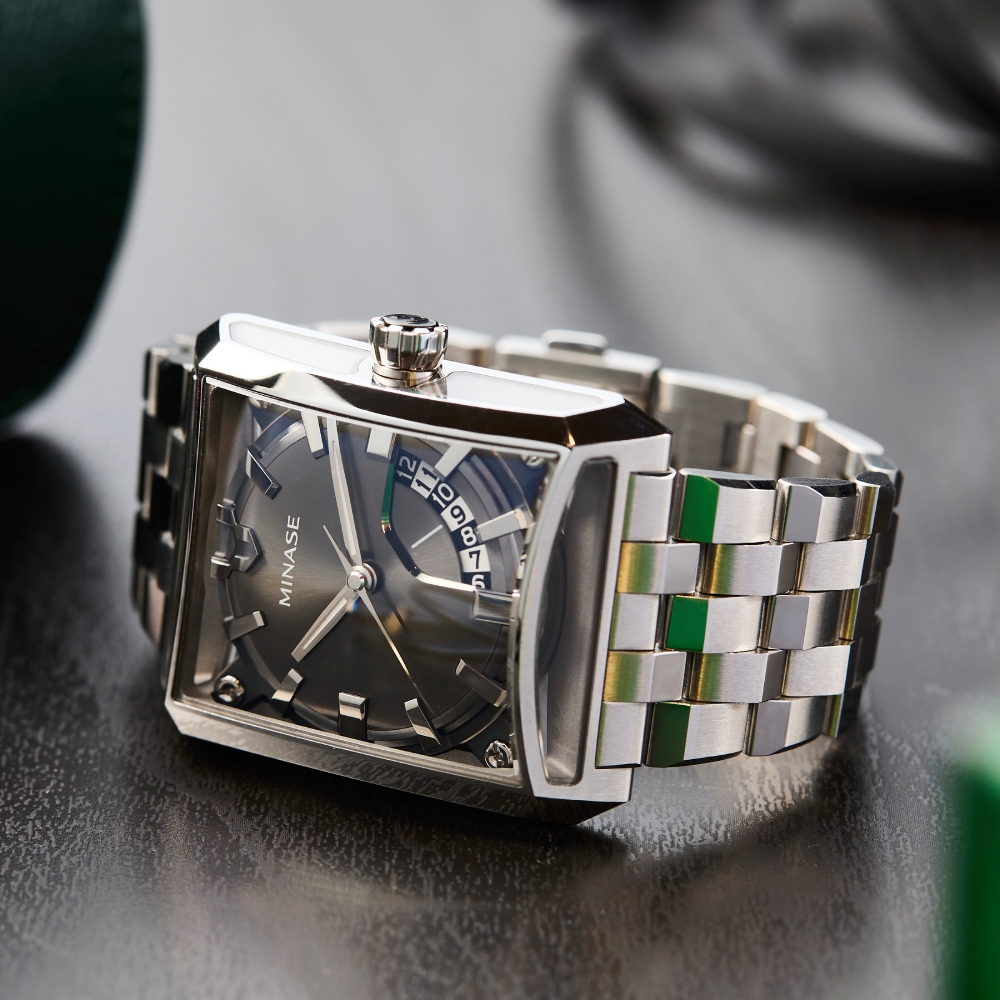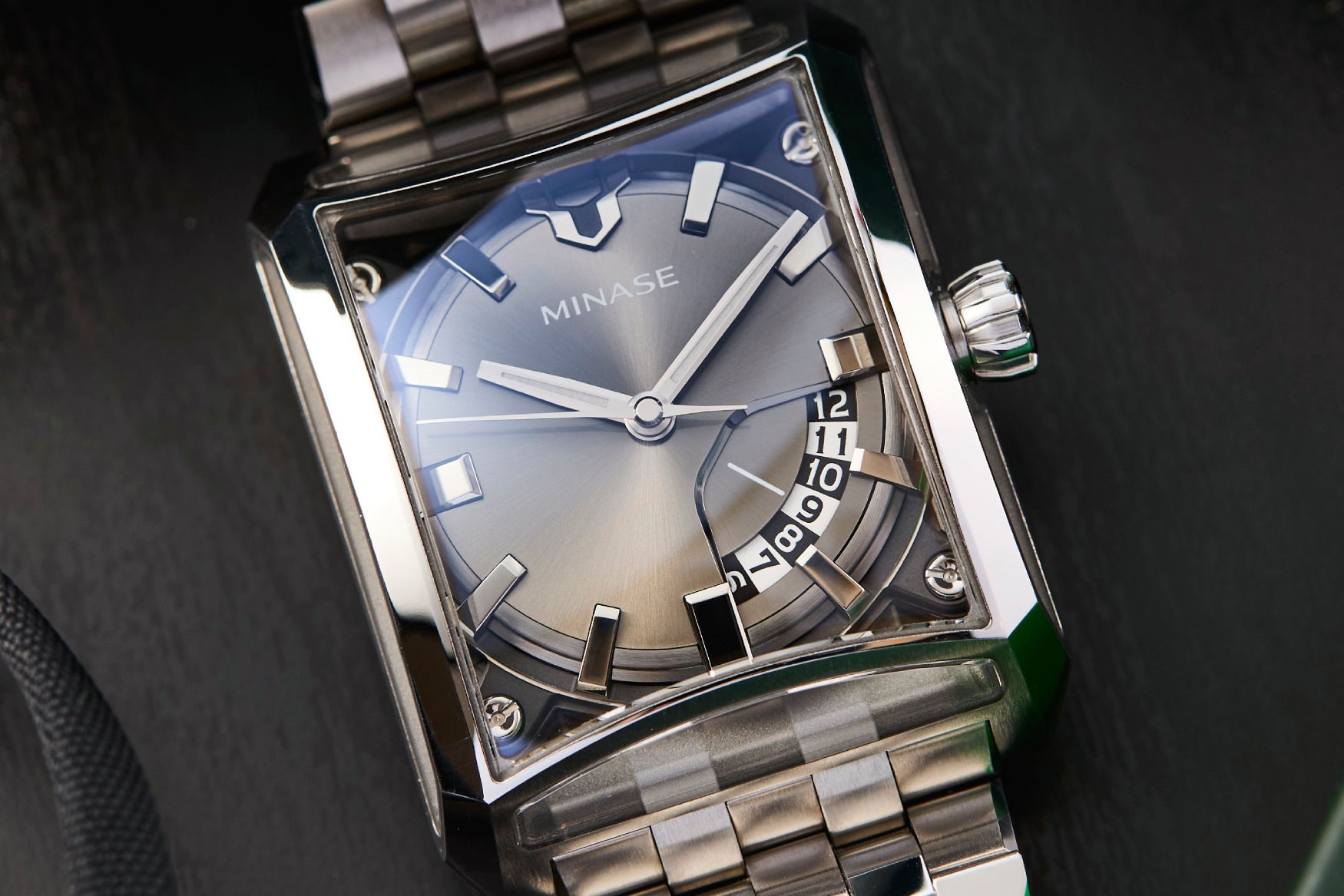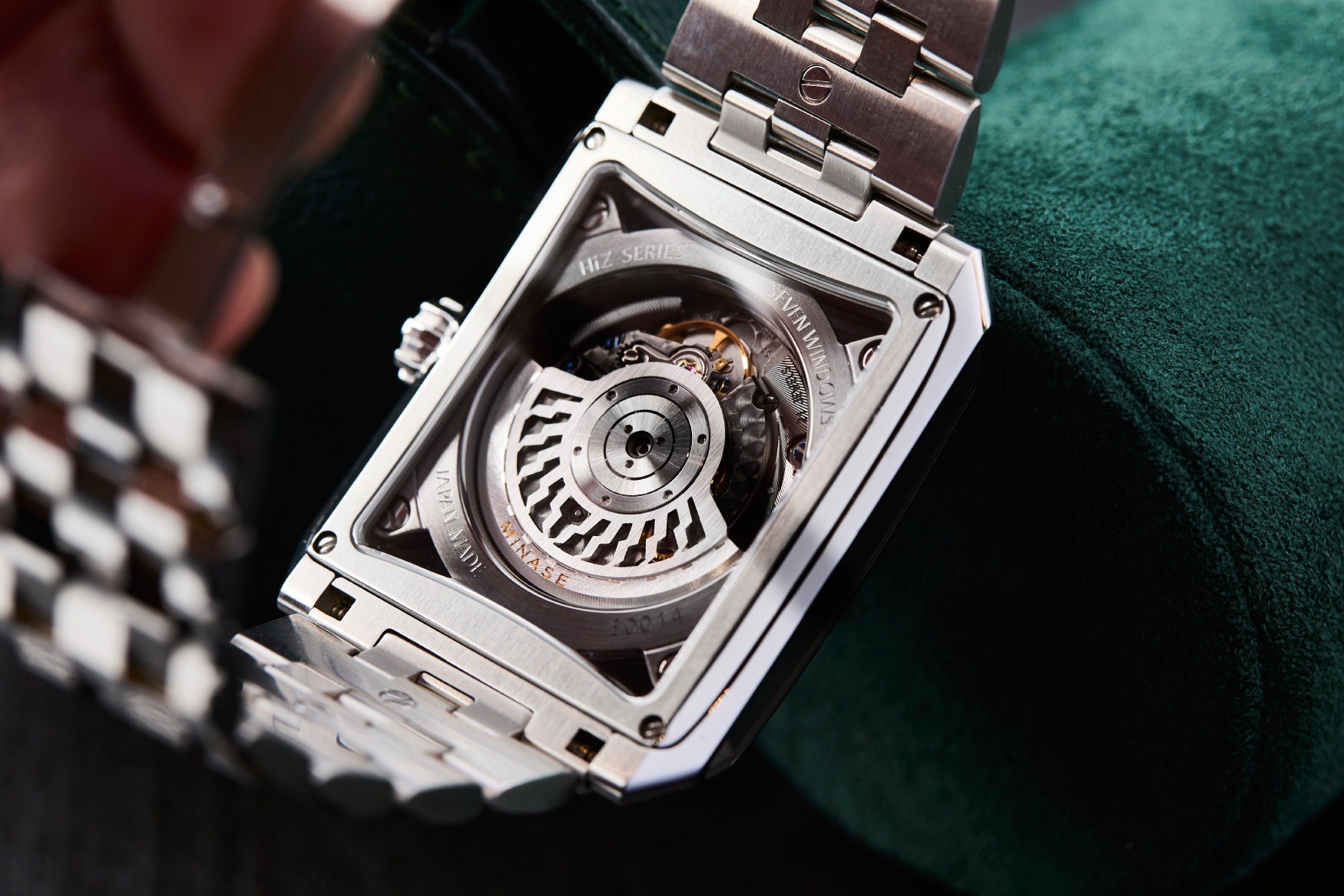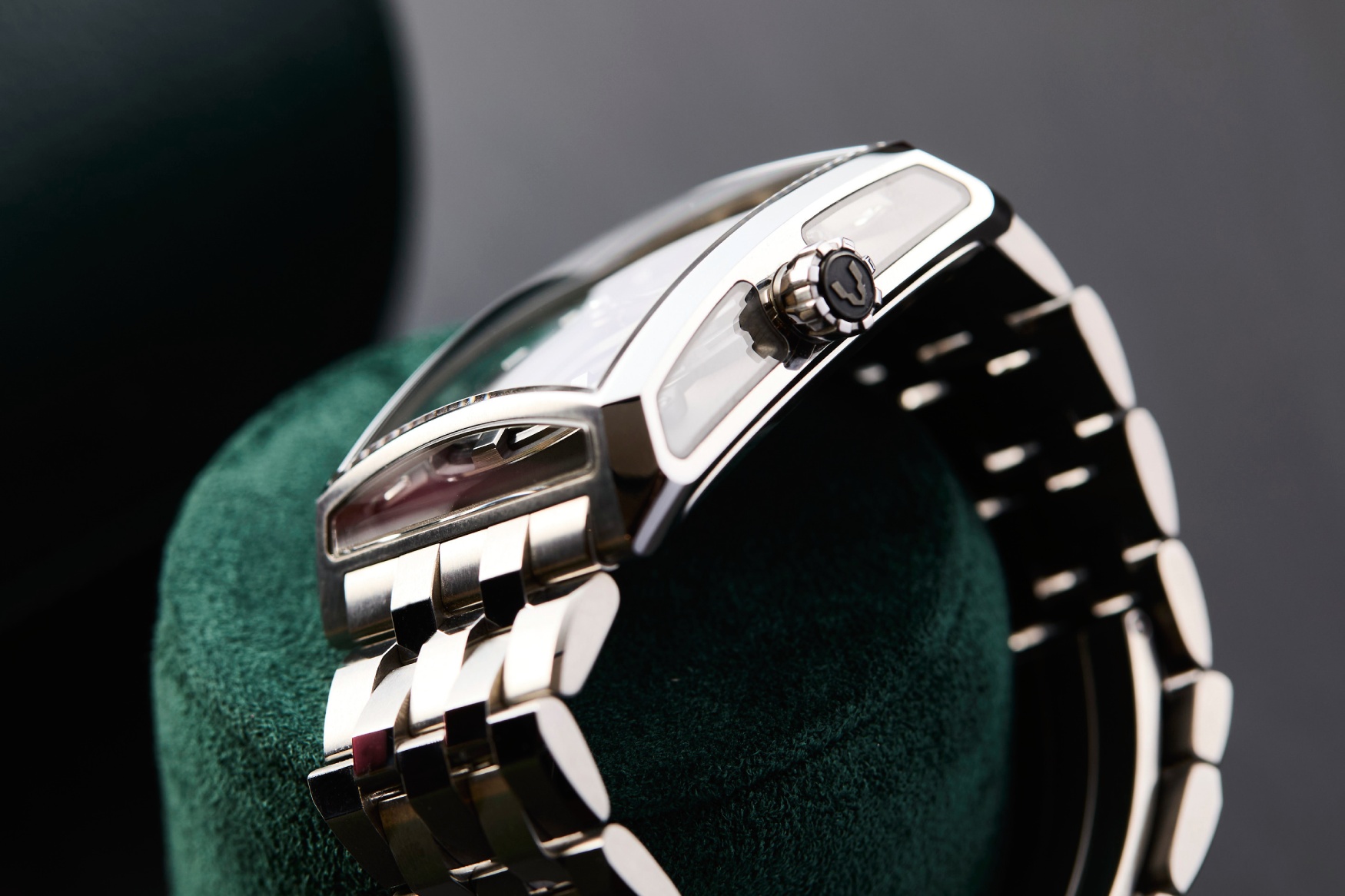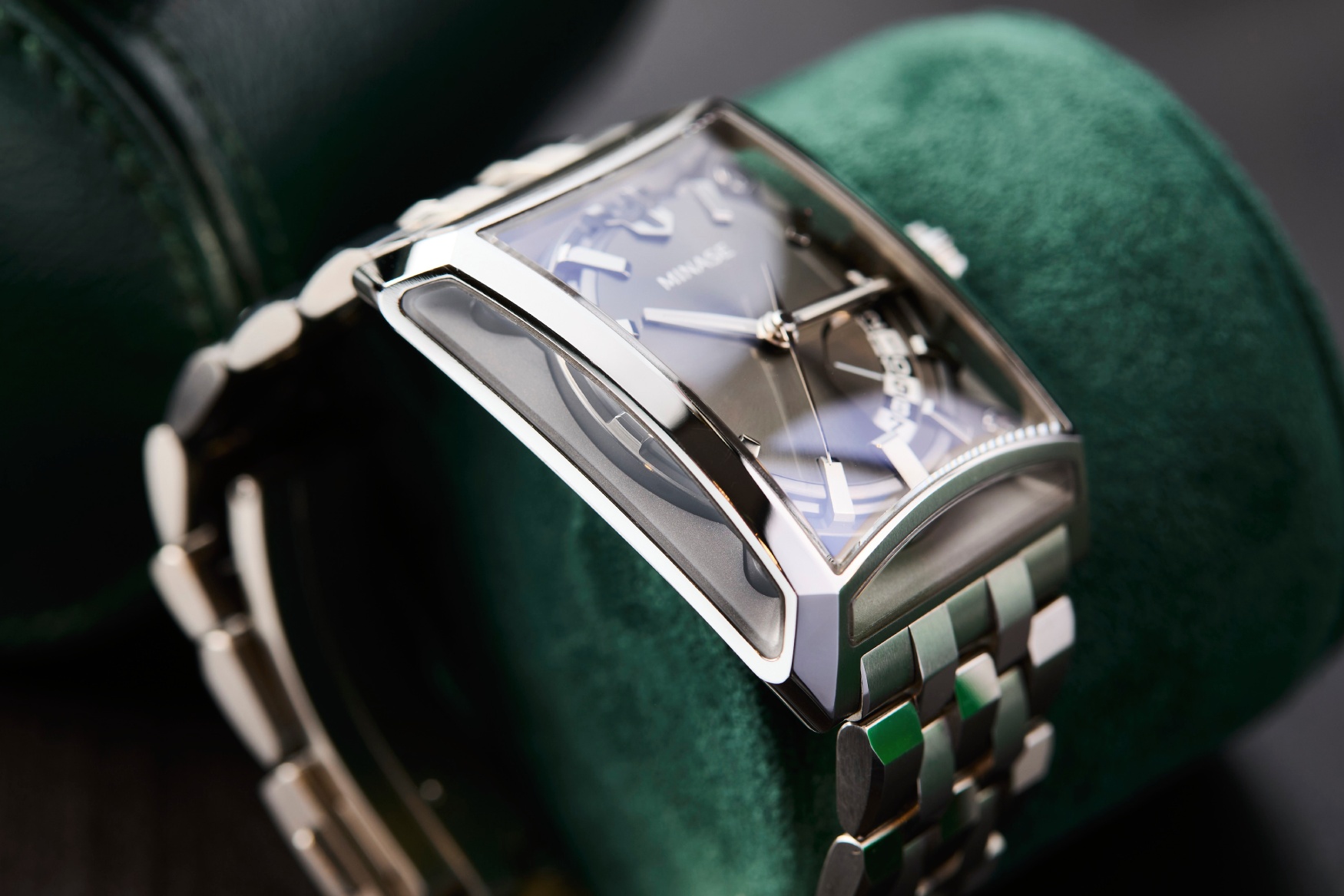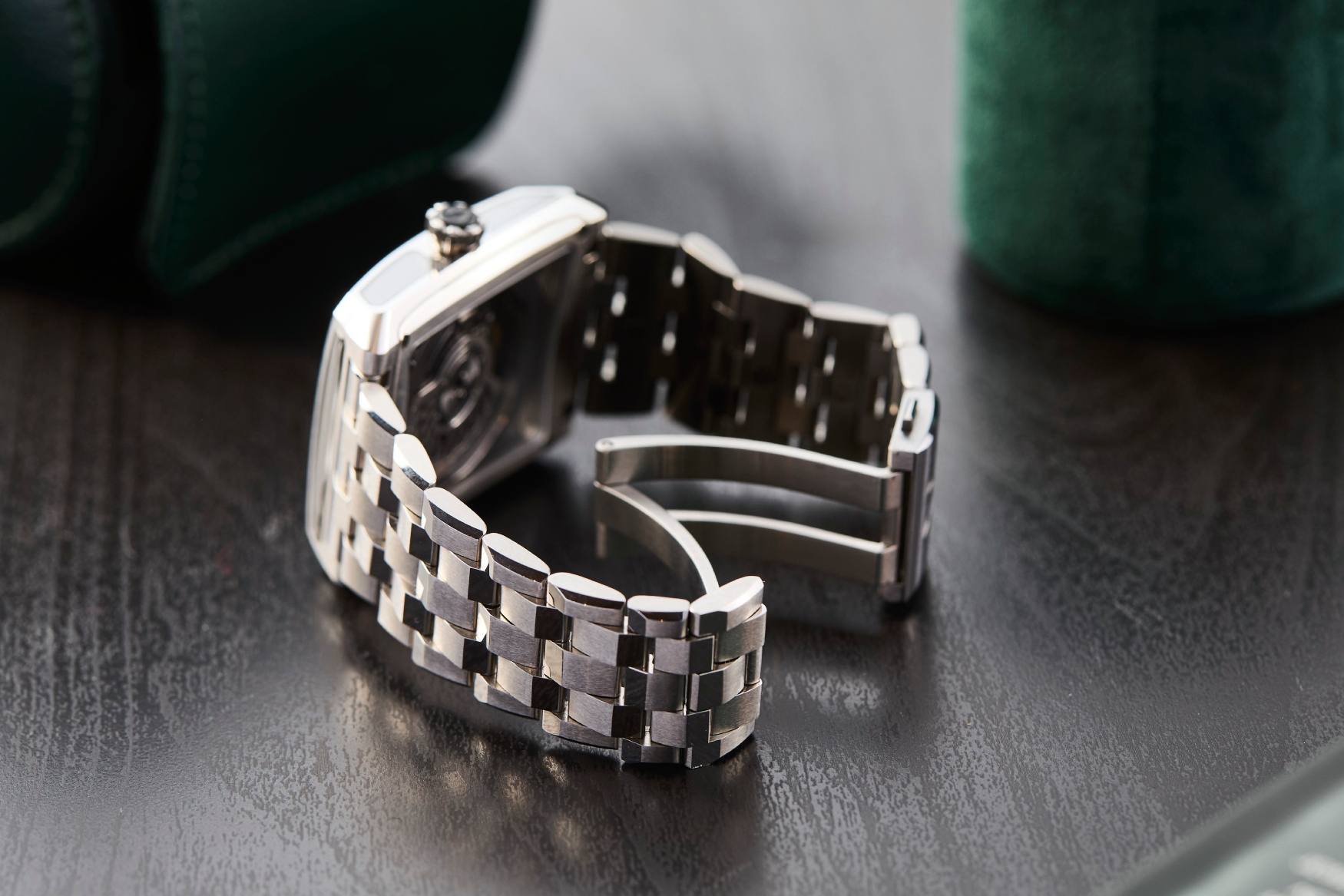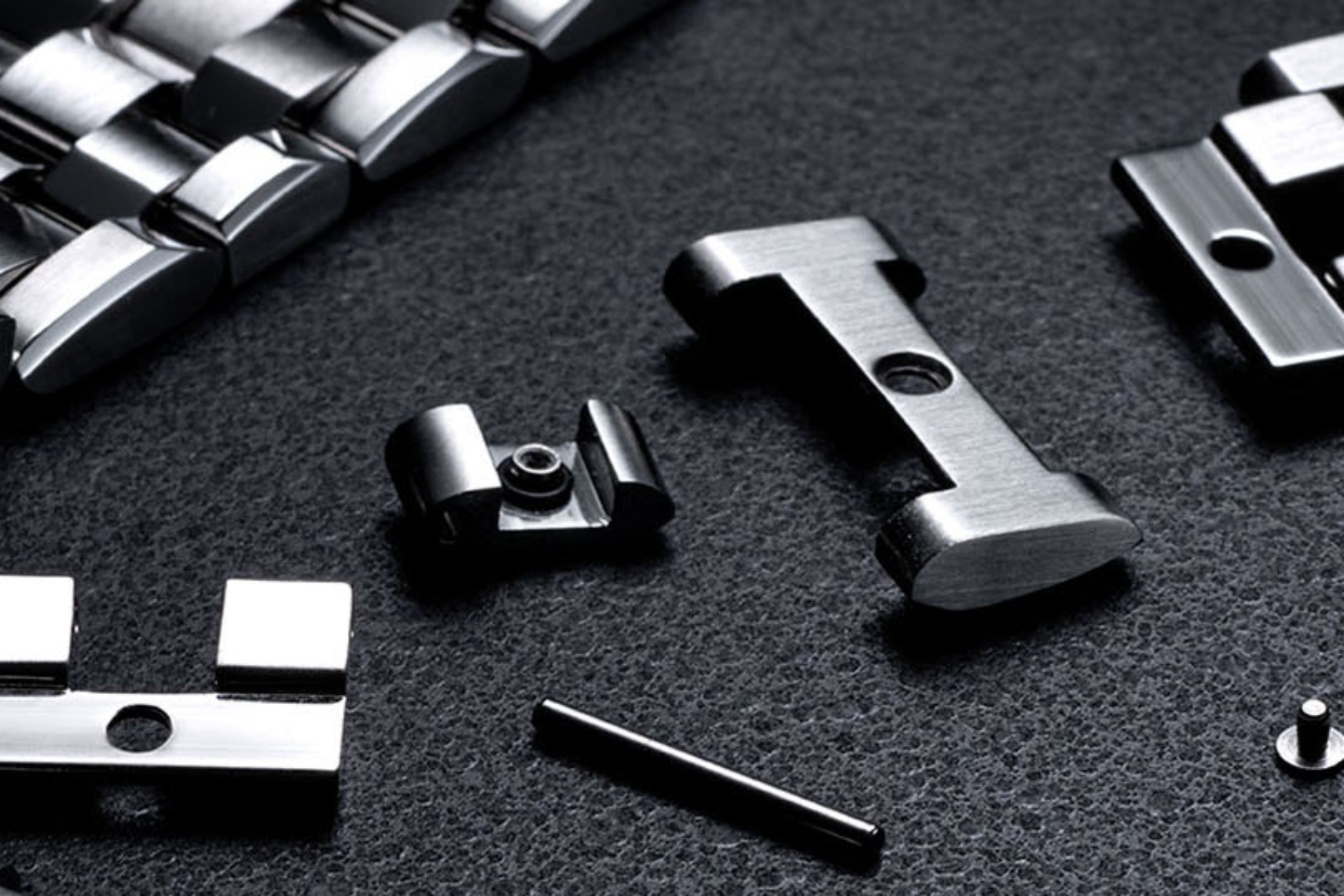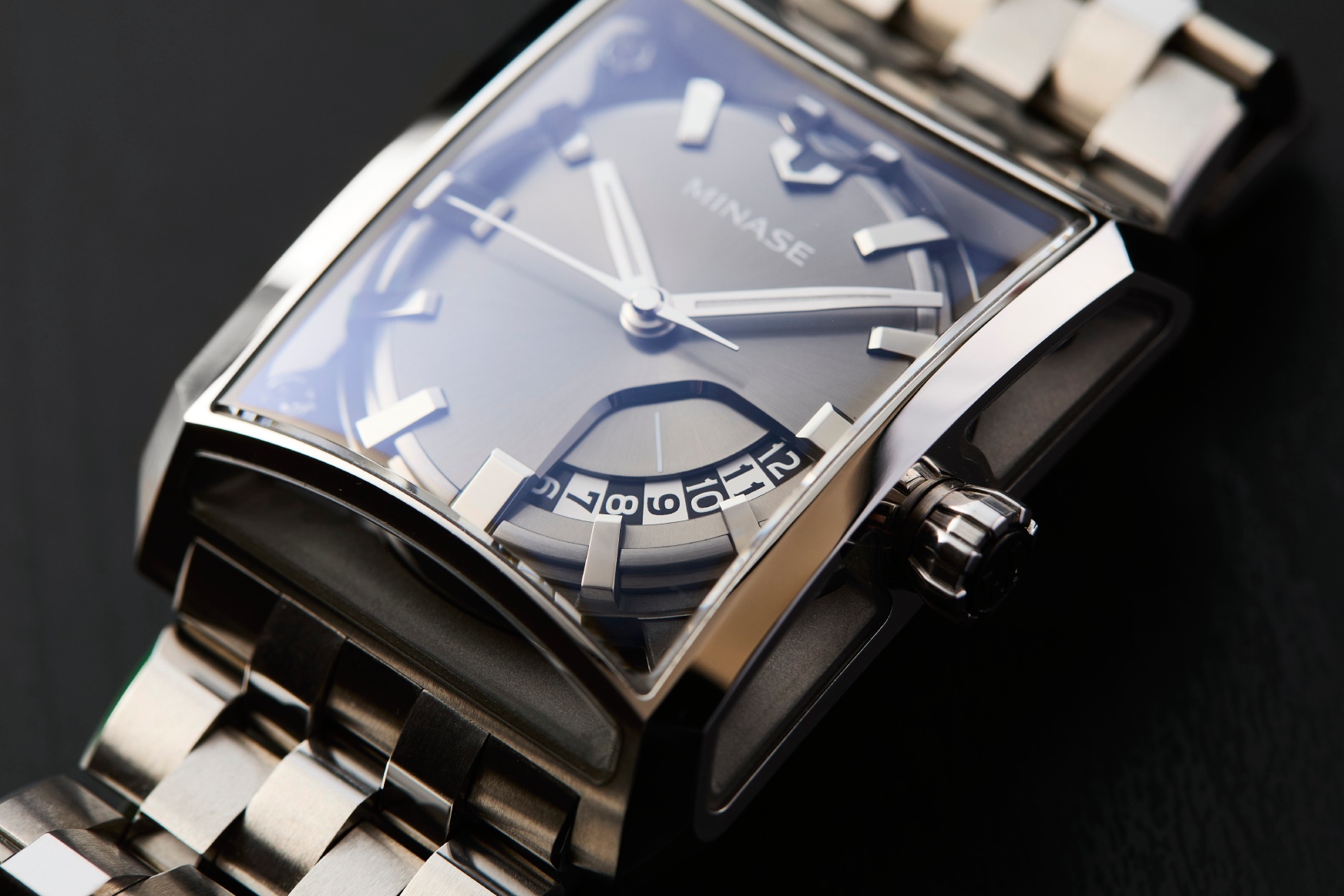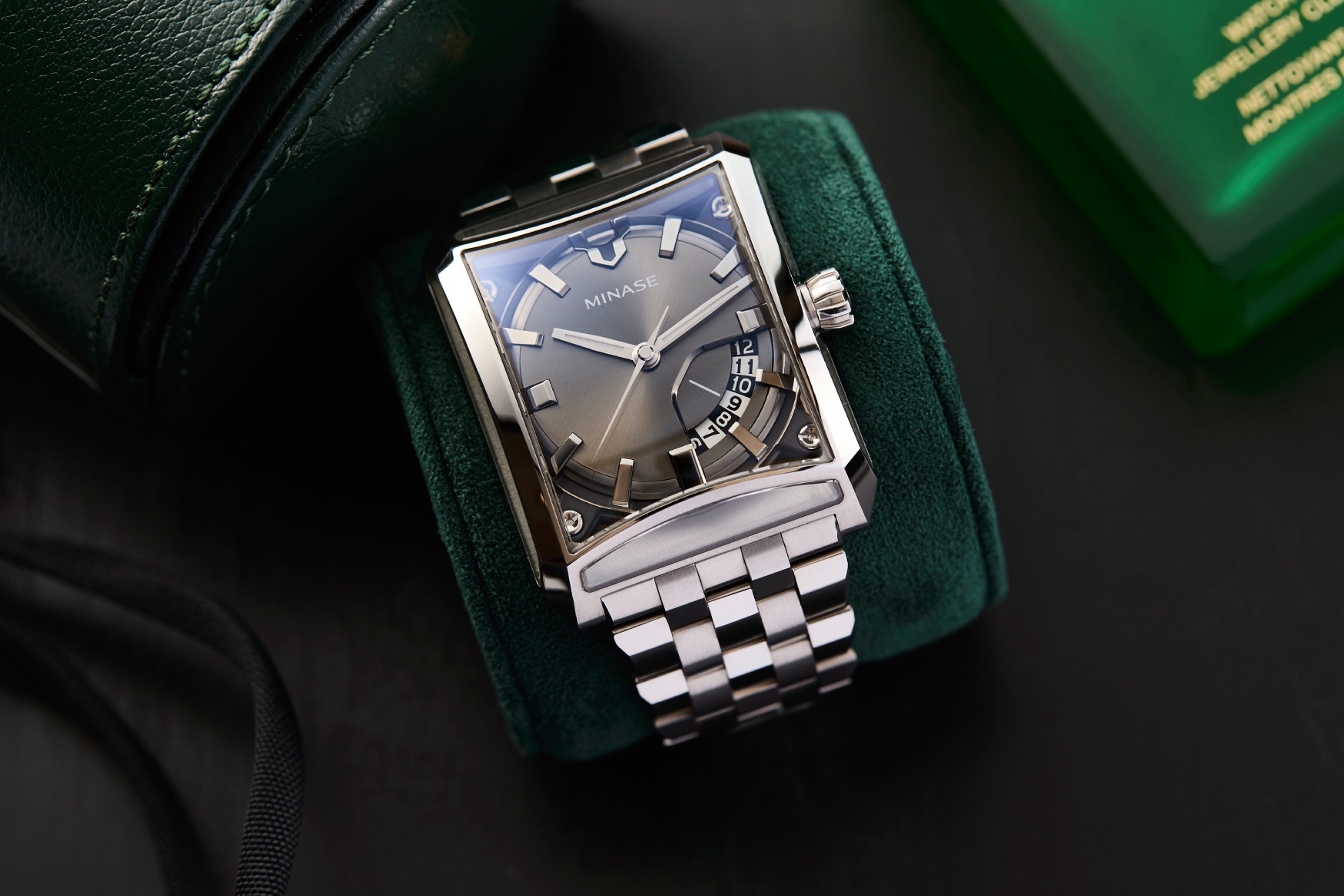A clearer look at Minase, and the quirky proposition that is the Seven Windows
Borna BošnjakWe live in an Instagram age where news of a boutique micro or independent spread like wildfire, helping small brands attract a number of eyeballs that would otherwise require significant investment in a large-scale trade show booth. This is a blessing in disguise for many, with smaller operations not being able to satisfy the demand. It’s no secret that there are deep-cut independent brands out there that don’t need the attention – Stephen McGonigle managed to sell out of his latest creation without ever unveiling what it looked like. A brand that’s been quietly enjoying its time on the sidelines of the dumpster fire that Instagram hype can turn into is Japanese manufacturer Minase, and if you haven’t heard of it yet (though it would be a shame), it would come as no surprise. I got to spend a few weeks with the Seven Windows, one of the brand’s everyday models that showcases Minase’s design and finishing signatures, with a hand-polished case, Swiss movement, and seven sapphire crystals.
More on Minase
Before we get into my wearing experience with the Seven Windows, let’s take a closer look at Minase as a brand. The first clue about its origins can be seen in the logo used as the index at 12. Though it’s always reminded me of Rafa Nadal’s “raging bull” logo, it’s actually a stylised profile of a step drill. This is in reference of Kyowa Co., a cutting tool manufacturer founded in 1963 that, among other things, also used to make OEM parts for other watch brands. Seeing as they had the necessary tools and expertise, the management created Minase, an watchmaking-dedicated offshoot in 2005.
The brand is positioning itself as a luxury offering, and though its proud of its Japanese heritage and know-how, all of its watches actually use Swiss movements. Having said that, this isn’t so surprising considering that the highest-end Japanese movement available off the shelf is the Miyota 9000, Minase knew that it needed to offer something that’s a step above for the price point it was targeting. In the case of the Seven Windows (pun fully intended), you’ll find a customised variant of the ETA 2892, a slimline automatic that’s been used extensively by numerous well-regarded names in the Swiss industry including Omega, Longines, TAG Heuer, Hublot, Breitling, IWC… The list goes on.
It’s not as subtle as I expected
Before the watch arrived, I had a quick look at the dimensions – I had previously seen a Minase in person, but it was one of the Divido models, so I wasn’t sure what to expect. At 37mm across and 46.5mm lug-to-lug, I was expecting a dressy-leaning office piece, which is what the Seven Windows is aiming for, but it certainly doesn’t wear like it. For starters, the case is completely polished, the reflective nature emphasised by the sapphire crystal windows embedded all around the case (for a total of seven, hence the name). Add the 13mm of thickness that you get from the domed top surface, and the Seven Windows carries oodles of presence.
There’s no break from the polished finish in the bracelet, either, which starts out at a very wide 26mm at the lugs, and only tapers slightly. If you’ve ever worn an integrated-bracelet watch like a Bulgari Octo Finissimo, the cuff-like wrist feel is really similar, except that the Seven Windows isn’t quite as slinky, weighing in at a significant 160 grams. For reference, your run-of-the-mill 40mm diver on a steel bracelet usually weighs in around 140 grams.
Impressive finishing
Okay, so we’ve established that you need a bit of pizzazz to pull this one off (and if you’re me, larger wrists) – but there’s a reason for the Minase Seven Windows’ shininess. One of the signature elements of the brand is the Sallaz polishing, and if you’re thinking that the black-reflecting surfaces seem familiar, you wouldn’t be wrong. In fact, if you’ve ever heard of Zaratsu polishing that Grand Seiko is proud of, the two methods are essentially the same, the name originating from the makers of imported German polishing machines made in the 1950s.
While the case’s thin surfaces may not show off the finish all that well, it’s resplendently shown on the five-link bracelet. It’s almost impossible to catch it at a bad angle. I thought the all-polish look will take away from the angularity of the links, but the lines are so crisp that the shapes are evident regardless. And it would be a shame to hide them, as the bracelet is perhaps the most impressively made component of this watch.
Minase calls it the “MORE” system, where each component of each link can be individually disassembled, making for easier replacement and showing off a higher degree of manufacturing know-how. While that’s cool, the adjustment process isn’t the most user-friendly, and optioning the bracelet instead of a strap adds a whopping US$1,200 to the price.
Perhaps I’m nerding out over the polishing a tad too much, and not enough about the fact that Minase decided to fit this watch with seven sapphire windows. Even when you consider that two of them are conventional front and caseback crystals, that still leaves you with five different angles to look at the Minase’s dial side-on. What will you see? The Seven Windows uses Minase’s case-in-case concept, where the domed dial almost sits atop the movement like a cap – you can see it protruding from the base it’s screwed into above. Indices protrude from below the curved and sunburst-brushed dial blank, clamping it down like prongs holding a gemstone, with a quarter cut-out for the quirky roulette date wheel. The hands follow the curvature of the dial, matching the highly polished indices in finish. I do wish you could see more here – perhaps showing off the movement somehow – though this is certainly not an issue in some of the brand’s stunning urushi lacquer dial variants.
Closing thoughts
The question I had going into this review was why Minase hasn’t garnered more traction in enthusiast circles? I haven’t quite come up with an answer, though I can say it should not be due to quality as I was pleased with the overall execution. Then, it has to be the combination of a few factors. Though this has improved recently, Minase is still difficult to obtain outside of Japan. Not only that, but the brand’s production surely does not exceed a couple of thousand pieces per year at most – I wouldn’t be surprised if it still numbers in the hundreds. Being a luxury offering, the cost isn’t friendly to the entry-level, and the design is an acquired taste. But I don’t think those two last points should be a deterrent.
There are plenty of boutique watchmakers out there that offer outlandish designs and have decades-long waitlists, and while I’m not certain I’ve acquired the taste for this one myself (mainly due to my personal, sub-38mm preferences), I don’t see a reason why someone else couldn’t.
Minase Seven Windows pricing and availability
The Minase Seven Windows is available now from Minase retailers globally. Price: US$4,300 (strap), US$5,500 (bracelet)
| Brand | Minase |
| Model | Seven Windows |
| Reference | VM15-M01NGY-SSB |
| Case Dimensions | 37.4mm (W) x 13mm (T) x 46.5mm (LTL) |
| Case Material | Stainless steel |
| Water Resistance | 50 metres |
| Crystal(s) | Seven sapphire “windows” |
| Dial | Black, roulette date |
| Strap | Five-link metal bracelet, folding clasp Rubber or leather strap |
| Movement | KT7002, ETA 2892 base, automatic |
| Power Reserve | 50 hours |
| Functions | Hours, minutes, seconds, date |
| Availability | Now |
| Price | US$4,300 (strap) US$5,500 (bracelet) |




